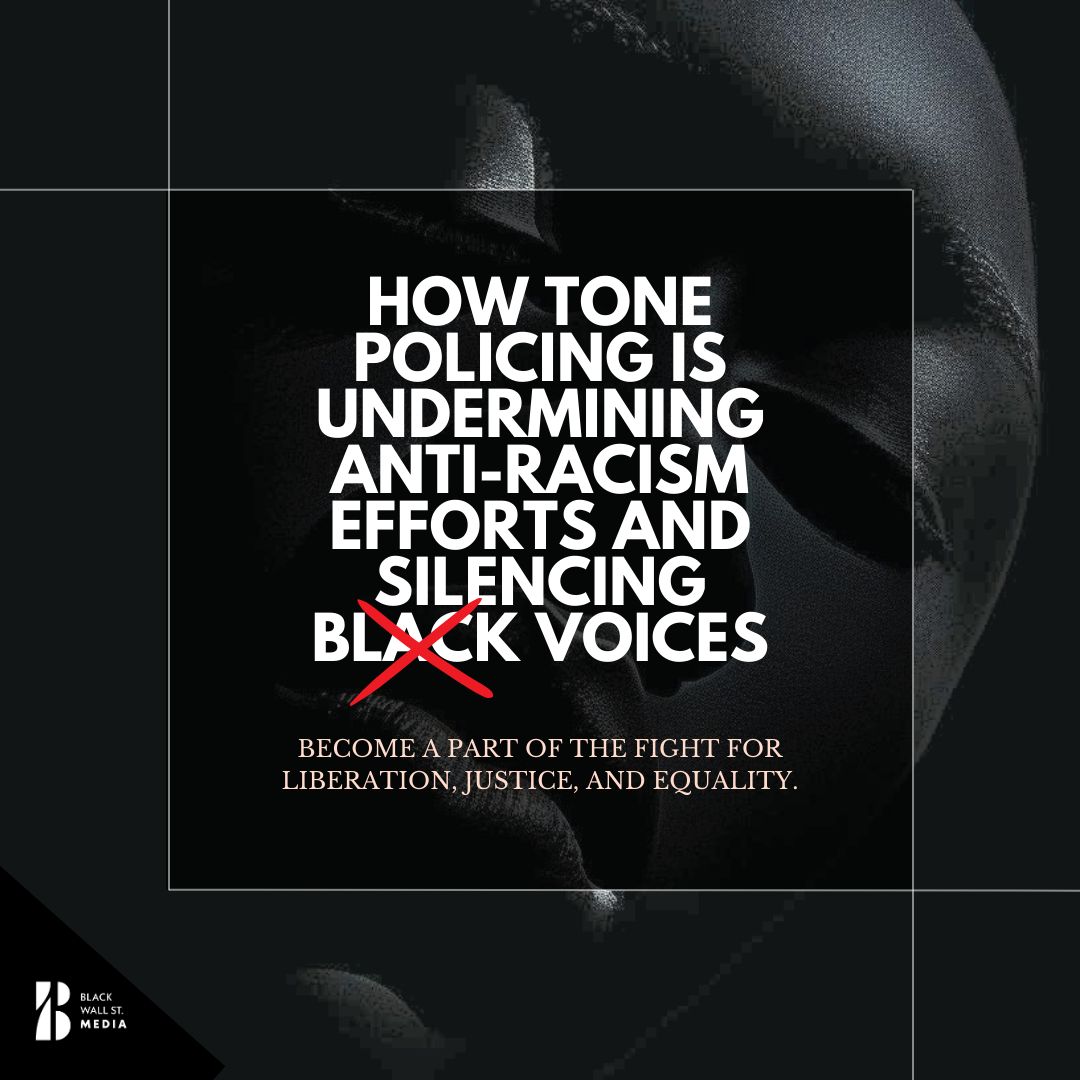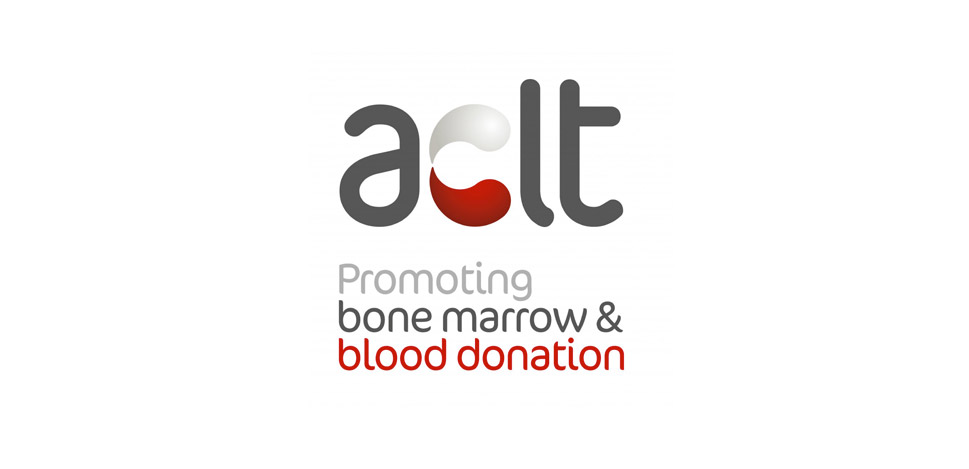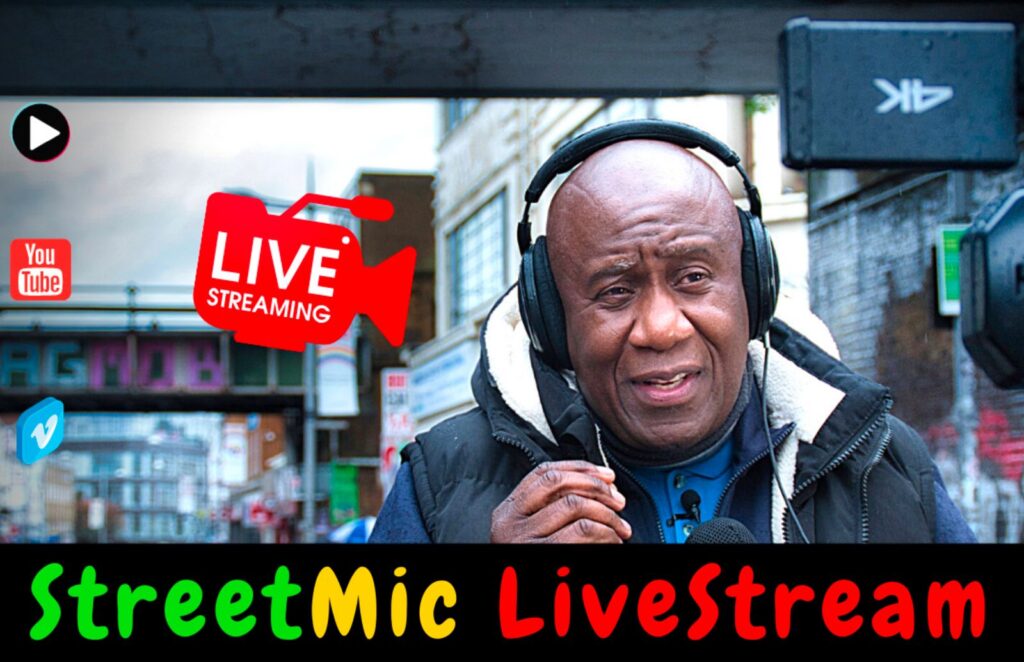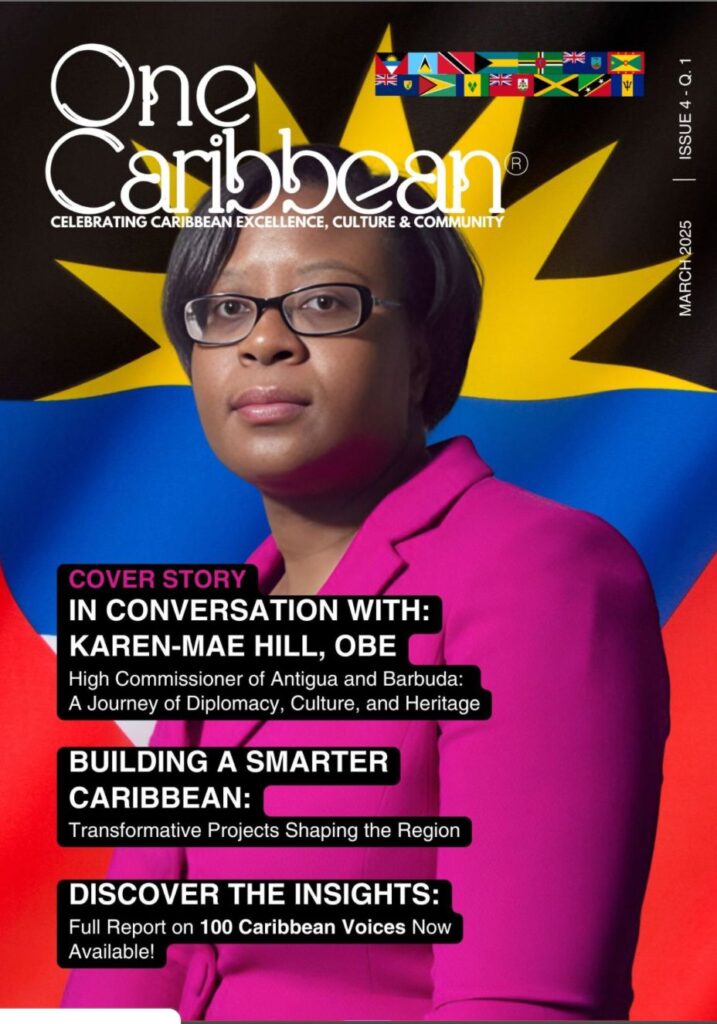COMMUNITY OUTREACH
How Tone Policing is Silencing Black Voices

Justin Pearson, a representative for Tennessee’s 69th district, was recently expelled from the state’s House of Representatives due to a perceived lack of decorum.
However, many believe that Pearson’s expulsion was the result of tone policing, an issue that has plagued marginalized communities for far too long.
Pearson was known for his fiery rhetoric and passionate defense of his constituents’ rights. He often spoke out against policies that he felt were unjust or discriminatory, and he was not afraid to call out his colleagues when he believed they were acting against the best interests of Tennessee’s citizens.
Unfortunately, Pearson’s passionate approach did not sit well with some of his fellow representatives.They accused him of being disrespectful and disruptive, and they complained that his tone was too confrontational.
Despite Pearson’s protestations that he was simply speaking truth to power, the House voted to expel him in a 70-28 decision.
Many see Pearson’s expulsion as an example of tone policing, a phenomenon in which marginalized individuals are told that their concerns and experiences are invalid or inappropriate because of the way in which they are expressed.
Tone policing is a common tactic used to silence people who are speaking out against injustice, especially when their message is uncomfortable or inconvenient for those in power.
In Pearson’s case, it is clear that his expulsion was motivated by a desire to silence him rather than to address any legitimate concerns about his behavior.
The fact that he was one of only a handful of Black representatives in the Tennessee House only adds to the suspicion that his expulsion was racially motivated.
Tone Policing is a serious problem
It affects individuals and communities across the World. It is a form of gaslighting that is often used to make people doubt themselves and their experiences, and it can have a devastating impact on mental health and well-being.
The angry black woman and man tropes are harmful stereotypes that allow racism against Black people to continue. Based on these stereotypes, Black people are often painted as aggressive, hostile, and threatening.
Black people who share their experiences of racial microaggressions and being labeled as “angry” are often met with advice that their message would be better received if only they said it in a “nicer tone.”
This phenomenon known as tone policing, is extremely problematic for anti-racism efforts.
Tone policing is defined as “a conversational tactic that dismisses the ideas being communicated when they are perceived to be delivered in an angry, frustrated, sad, fearful, or otherwise emotionally charged manner.”
Managers striving to create a workplace based on equity and inclusion must understand how tone policing silences members of marginalized groups and allows discrimination to persist. I am no stranger to tone policing — I have countless experiences of being tone policed.
I’ve experienced tone policing in every domain of my life, but instances of tone policing are increasingly apparent online.
I’ve received numerous DMs on social media from very well-meaning people sharing with me why a post I wrote or shared was offensive.
The general consensus with these messages is that if I had only conveyed the message in a different way, I would have done a more effective job at “getting my message across.”
The underlying tone in many of these well-meaning messages is that, even in speaking about my experiences with racism, microaggressions, and discrimination, there is a right way and a wrong way to share.
I am told that if I modify my message to be more palatable to the masses, my message will be better received.
This demonstrates that people will dismiss your experiences unless it fits in the box of how they want to receive it.
Tone Policing is used as a tool
To silence people of color — particularly Black people — who express any sort of emotion or passion.
Tone policing undermines anti-racism efforts because it can cast doubt on the validity of statements of oppression, racism, and discrimination shared by people of color.
It also implies that a message holds no value if is accompanied by emotion.
There are a few steps that can be taken to avoid tone policing. Recognition is vital. Many are unaware of tone policing, what it is, and how it can manifest in the workplace.
Awareness of this issue is critical.
Diversity training should include discussions about tone policing and microaggressions in order to increase awareness about this issue.
Management should understand what tone policing is and understand what some indicators of tone policing are — such as telling a person to calm down or rephrasing their message for greater palatability.
Don’t Invalidate emotions
Refrain from misconstruing a person’s emotions as invalid. Regardless of whether you agree with someone or not, their feelings and their opinions are valid.
Instead of questioning the other person’s stance because it is accompanied by emotion, re-evaluate why you feel the need to denigrate their feelings. Think about whether you are using the tactic of tone policing to divert from your uncomfortability.
Those in positions of power may find themselves tone policing when their privilege is made apparent. Understand that when you’re talking about subjects that are highly charged, there will often be emotions that accompany it. Normalize the expression of anger and other emotions.
When protests erupted following the killing of George Floyd, there was a continued narrative that the protesters could get their message across if only they were protesting in “the right way.”
Colin Kaepernick was blackballed from the NFL for peacefully protesting police brutality against people of color. His form of protest was simply taking a knee during the national anthem — and it caused a lot of backlash, disdain, and criticism.
It is understandable that many individuals are exhausted by what appears to be the constant and unjust killing of Black and brown people. Such weariness is likely to evoke natural human reactions of anger, sadness, and frustration. As a society, we should recognize and normalize these emotions, as people express themselves differently.
Imagine being a member of a community that is consistently subjected to inequitable and unjust treatment.
How would you feel? If you were instructed to “calm down” or “phrase your words more politely” in order to have your message received, how would you react? To have candid conversations about discrimination, bias, and racism, we must cease tone policing.
During periods of unrest and tragedy, organizational leaders can help workers cope with their emotions by promoting discussions about current events. One of the difficulties is that leaders frequently avoid political or highly charged discussions in the workplace, despite the fact that these issues are inextricably linked to our everyday lives.
Additionally, manager check-ins, whether by text, email, or phone, can provide valuable support during times of crisis and distress, demonstrating to employees that company leaders are working to put an end to tone policing.
Combating Tone Policing
To combat tone policing, it is important to listen to marginalized voices and take their concerns seriously, even if they are expressed in a way that is uncomfortable or confrontational.
We must recognize that anger and frustration are valid emotional responses to injustice, and we must create spaces in which people feel free to express these emotions without fear of retribution.
The expulsion of Justin Pearson from the Tennessee House of Representatives is a stark reminder of the dangers of tone policing.
It is a call to action for all of us to listen to marginalized voices, to stand up against injustice, and to create a world in which everyone’s experiences are valued and respected.
Black Wall St. MediaContributor











